In 2017, a discovery was made that shook the world of Viking archaeology. The Birka female Viking warrior grave was found, and it challenged the long-held belief that only men were buried with weapons and other indicators of warrior status.

This discovery has significant implications for our understanding of Viking society and gender roles. For centuries, it was believed that Viking women were relegated to domestic duties and had little power or agency. However, the Birka female Viking warrior grave suggests that women may have played a more active role in Viking society than previously thought.
The fact that a woman was buried with weapons and other indicators of warrior status suggests that she may have been a respected and powerful member of her community.
The Birka female Viking warrior grave has sparked a great deal of debate and discussion in the archaeological community, and it continues to be a subject of fascination for scholars and the general public alike.
Its discovery has challenged long-held assumptions about Viking society and gender roles, and it has opened up new avenues for research and exploration.
As we continue to learn more about this remarkable discovery, we may gain a deeper understanding of the complex and fascinating world of the Vikings.
Viking Society and Gender Roles
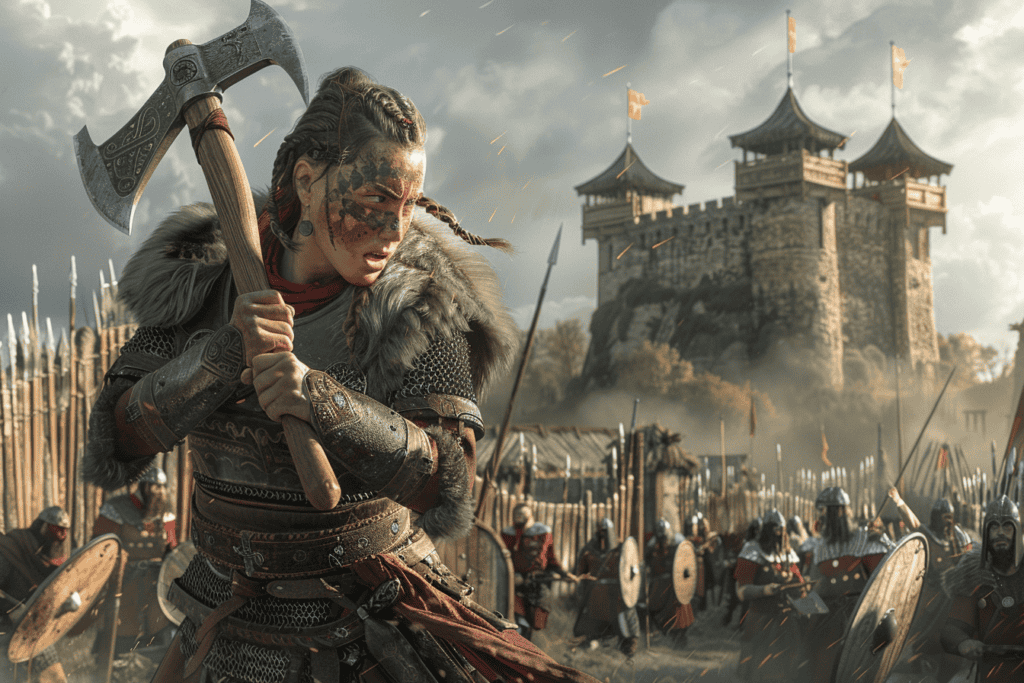
The Viking Age, which spanned from the 8th to the 11th century in Europe and western Asia, was characterized by widespread nautical exploration and a militarized society in which men and women alike celebrated the virtues of warfare.
While men were primarily responsible for combat, women were also known to have participated in battles and raids.
However, the extent of their involvement in warfare and their social status within Viking society has been a topic of debate among historians.
Birka’s Role in Viking History
Birka, located on the island of Björkö in Lake Mälaren, Sweden, was an important Viking town and a center for trade and commerce during the Viking Age.
It was a hub for the exchange of goods, ideas, and people, and played a significant role in the development of Viking culture and society.
The discovery of the Birka female Viking warrior grave in 2017 has shed new light on the role of women in Viking society and their status as high-status individuals.
The discovery of the Birka female Viking warrior grave in 2017 is significant for several reasons. First, it challenges traditional notions of gender roles in Viking society and provides evidence that women had a more active role in warfare than previously thought.
Second, it highlights the importance of Birka in Viking history and its role as a center for trade and commerce.
Finally, it underscores the need for continued research and analysis of Viking history to gain a better understanding of this fascinating and complex culture.
The Discovery and Excavation of the Grave
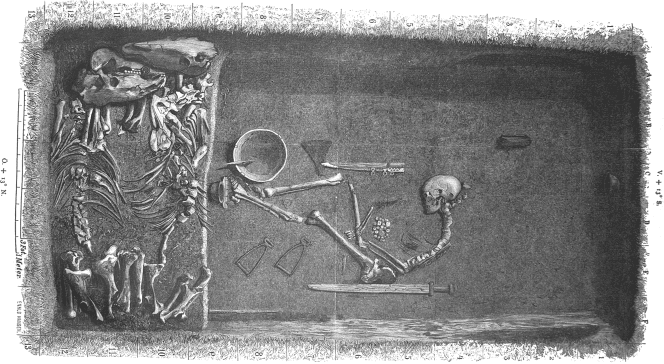
Initial Findings by Hjalmar Stolpe
The Birka Viking grave was discovered in the late 19th century by Swedish archaeologist Hjalmar Stolpe. The grave was initially identified as that of a male warrior due to the presence of weapons and other artifacts commonly associated with male Viking burials.
However, in 2017, researchers from Uppsala University and Stockholm University reexamined the remains and found that the body was actually that of a female warrior.
Stolpe’s excavation of the grave in 1878 was one of the first archaeological excavations in Sweden, and his findings were published in the American Journal of Physical Anthropology.
At the time, Stolpe believed the grave to be that of a male warrior due to the presence of a sword, axe, spear, arrows, and a shield. However, he also noted the presence of a small bronze bowl and a comb, which were not typically found in male Viking burials.
Reexamination and DNA Analysis
In 2017, researchers from Uppsala University and Stockholm University reexamined the remains of the Birka Viking grave using DNA analysis. They found that the body was actually that of a female warrior, which was a significant discovery as it challenged the traditional view of Viking society as male-dominated.
The DNA analysis also revealed that the woman had a genetic predisposition for lighter hair and skin, which suggests that she may have been of Scandinavian descent.
The researchers also noted that the woman’s grave was more lavish than other Viking warrior graves, which suggests that she held a high rank in Viking society.
Debate and Impact on Modern Understanding

Gender Assumptions and Archaeological Bias
The discovery of the Birka Female Viking Warrior Grave in 2017 sparked a heated debate among scholars and the public. The controversy surrounding the discovery stems from the assumption that Viking warriors were exclusively male.
The idea of a female Viking warrior goes against the myth and legend that has been perpetuated for centuries. This assumption has led to archaeological bias, where female remains are often overlooked or misinterpreted.
The discovery of the Birka Female Viking Warrior Grave challenges these assumptions and biases. The grave contained weapons and other artifacts that were traditionally associated with male warriors.
However, the remains were identified as female, indicating that women may have played a more significant role in Viking society than previously thought.
The Academic and Public Reaction
The discovery of the Birka Female Viking Warrior Grave has had a significant impact on modern understanding of Viking society. The academic community has been forced to re-evaluate their assumptions and biases regarding gender roles in Viking society.
The public reaction to the discovery has been mixed, with some embracing the idea of female Viking warriors, while others reject it as a myth.
The controversy surrounding the discovery has led to a renewed interest in Viking history and culture.
The idea of a female Viking warrior has captured the public imagination and has inspired new research and scholarship.
The discovery has also sparked a conversation about gender roles in ancient societies and the importance of challenging assumptions and biases.
Cultural and Symbolic Interpretations
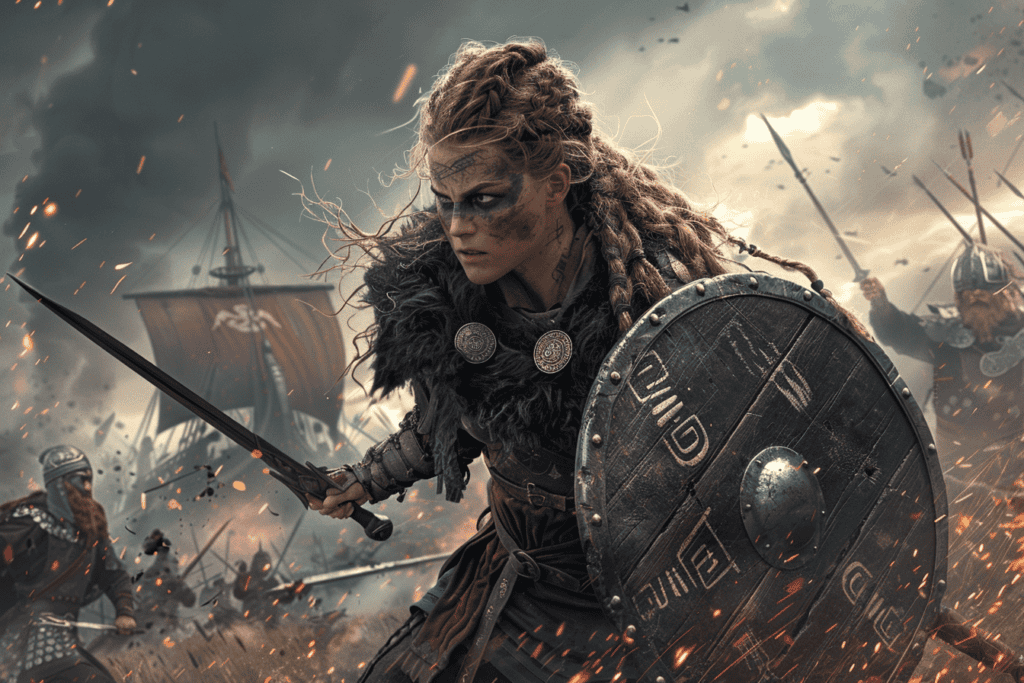
The Valkyrie and Warrior Women in Sagas
The concept of the Valkyrie, a powerful female figure who chooses which warriors will live and die in battle, is a common theme in Norse mythology and sagas.
These mythical figures served as symbols of strength, courage, and honor. The discovery of the Birka female Viking warrior grave in 2017 has sparked renewed interest in the possibility of real-life warrior women in Viking society.
The idea of female warriors in Viking culture has been debated for years, with some scholars arguing that women were not allowed to participate in combat.
However, the discovery of the Birka grave challenges this assumption and suggests that women may have played a more active role in Viking society than previously believed.
Modern Representations and Inspirations
The discovery of the Birka female Viking warrior grave has also had a significant impact on modern representations of female warriors.
The popular comic book character Wonder Woman, for example, draws inspiration from the mythological and historical figures of the Valkyrie and female warriors.
The Birka grave has also inspired a new generation of female warriors. They see the discovery as evidence of the strength and courage of women throughout history.
The grave serves as a reminder that women have always been a part of past societies. It also reminds us that their contributions should not be overlooked or forgotten.
Overall, the discovery of the Birka female Viking warrior grave in 2017 has challenged traditional assumptions about gender roles in Viking society. It also inspired new interpretations of the cultural and symbolic significance of female warriors.

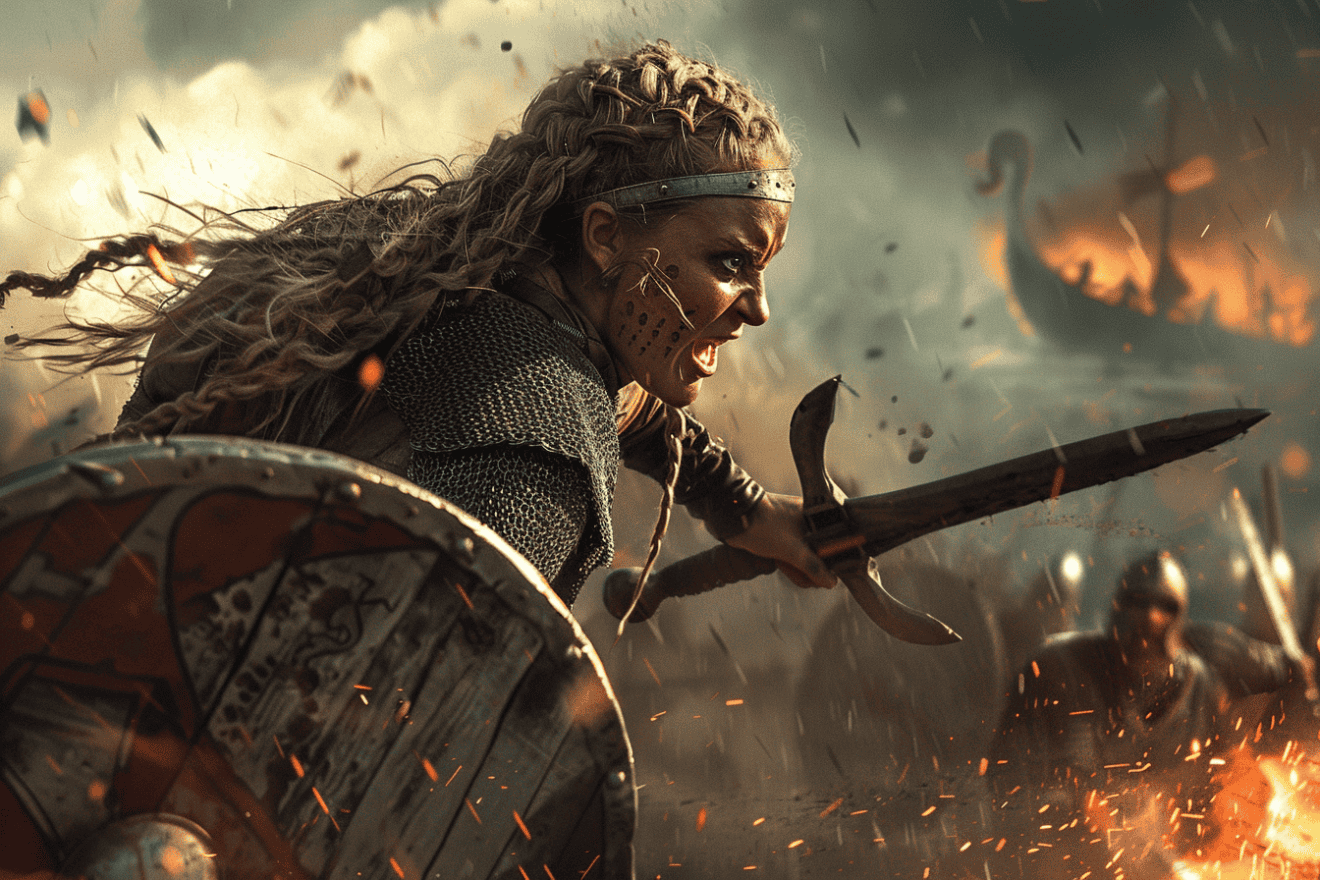

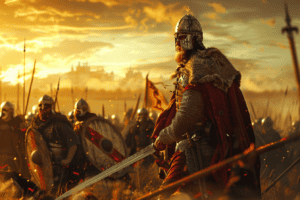
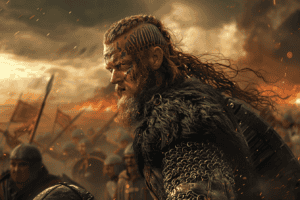





Add Comment